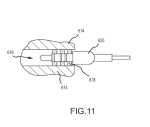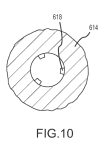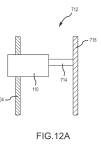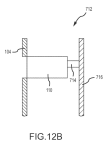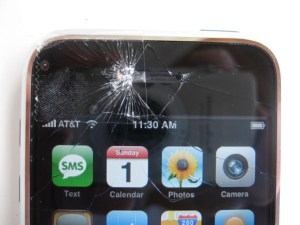 A new Apple patent filing describes a variety of methods to protect a dropped iPhone during a fall, lessening damage through a number of clever systems. The USPTO filing, spotted byAppleInsider, includes a rotational mechanism to change the orientation of a falling iPhone, for instance, as well as on-device thrusters, and a way to clamp down on inserted cables when a fall is detected.
A new Apple patent filing describes a variety of methods to protect a dropped iPhone during a fall, lessening damage through a number of clever systems. The USPTO filing, spotted byAppleInsider, includes a rotational mechanism to change the orientation of a falling iPhone, for instance, as well as on-device thrusters, and a way to clamp down on inserted cables when a fall is detected.
The patent describes a number of ways Apple might be able to make a device that can change direction mid-flight, which would allow it to put its most impact-resistant surface forward to meet the ground. These include an internal gadget for shifting mass to one end of the iPhone, an actual “thrust mechanism” that could even include a “gas canister,” an air foil that activates in free fall, a way to contract external bits like switches within the case for protection, and a gripping system that can clamp down on charing and headphone cables to ensure those catch the falling phone.
Another aspect of the patent is a sort of on-board black box that would gather and store data about the fall and the impact, which Apple says in the patent would be used by the device manufacturer to help gather info about how devices fall, so that they can use that info in future designs. But of course such an on-board tool could also be used by technicians determining warranty repair status.
This patent contains pretty intense, innovation-heavy tech, a lot of which doesn’t have any real precedence out there on the market yet, so I wouldn’t expect to see it in any shipping devices soon. But it is a good look at how Apple is thinking about common issues such as damage to mobile device from accidental drops. And who knows? One day, this stuff could become actually practical – even positional thrusters built into your iPhone.
